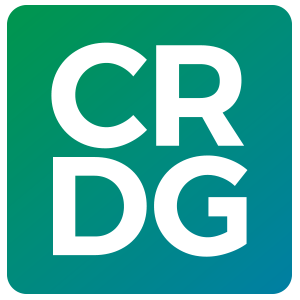11 Apr Keeping Up with Trends in IT
When most of us think about our information technology (IT) staff, we think of the people who come to fix our computer when things don’t work. But as IT becomes a bigger and more integrated part of our life and work, it’s the behind-the-scenes work that few us of see that makes things so effortless for the rest of us. CRDG’s IT team, led by Mark Yap, is always watching for trends in hardware, software, and systems management that allow our work to stay at the cutting edge.
This year, a major research program is concerned with filtering—the decisions about which parts of the World Wide Web to block and which to leave accessible in the school environment. While there are obvious “blacklist” or “whitelist” topics at the far ends of the spectrum, the big grey area in the middle leaves administrators with a challenging set of policy decisions and no clear guidelines for how to approach them. One commonly cited example is the conflict that arises in trying to block pornography while allowing the kinds of search terms that come up in health and biology classes. Another issue is allowing legitimate searches that may relate to schoolwork while blocking things like social networking sites or sports news sites. Working in partnership with the University Laboratory School and using the research findings from the Multimedia Juvenille Victimization project (see p. 4), the IT team is looking at all the factors that go into this very complex issue with the ultimate goal of making sure the right type of infrastructure is in place to achieve the right balance between IT policies and academic goals. And, because the education field has no go-to place for this topic, they hope to be able to influence policy by developing guidelines and procedures that any school can use to assess their own needs.
As technology has become a bigger part of life in general, the goal should be to make it more a part of education as well. For a school, or school district, having computers in the classroom is no longer enough. Today, administrators need to think in terms of a combination of the right IT policies, the right kinds and numbers of devices, the right filtering policies and infrastructure, and the right professional development to keep teachers and staff informed and educated.




